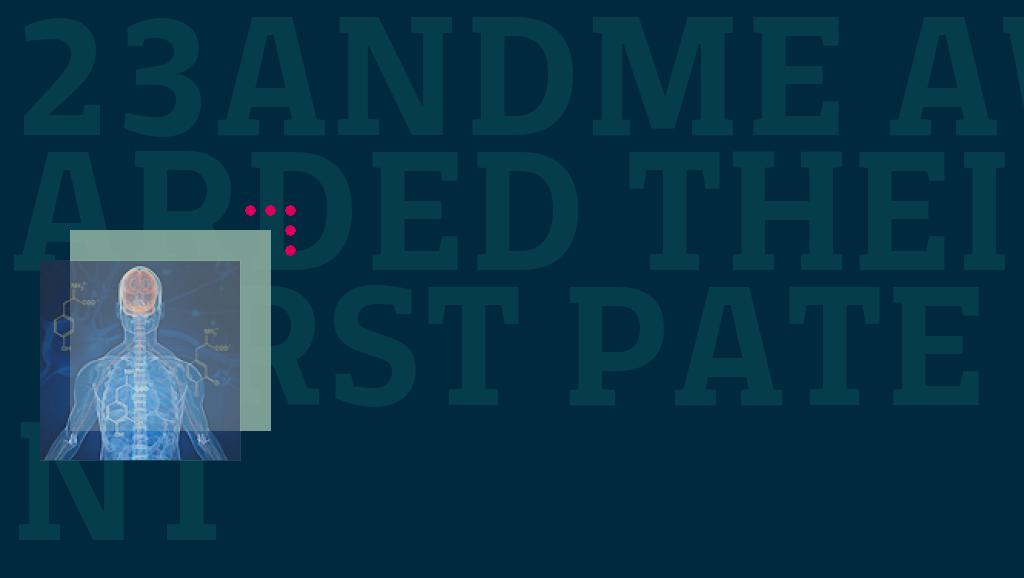Following on from my post about my attendance at the Architecture for Life conference at the Kennedy School of Government I would like to direct readers to a very interesting and informative article.
The article entitled ‘Patenting and Personal Genomics: 23andMe Receives its First Patent, and Plenty of Questions’ appears on the Genomics Law Report blog and is authored by Dan Vorhaus, and a look at his posts on this blog reveal an extremely well informed and interesting character.
The article announces the news of 23andMe’s first patent, granted for a system of using gene mutation information and personally offered data about lifestyles and family history in order to predict probabilities for an individual to develop Parkinson’s Disease.
It raises and answers a series of important questions such as where the patent comes from and what it covers and asks the more important question of how the company is going to use its patent.
The problem narrated in the article involves the company’s public claims (aimed towards its customers) and its need to make money, and highlights several rather unsteady and possibly contradictory responses given by the CEO Ann Wojcicki regarding company philosophy.
The company’s goal is described as ‘to provide the public with affordable, unfettered access to their genomes’ and as I described in my previous post there is a lot of rhetoric regarding freedom of information, research sharing, creating a database and giving access to the information held to research companies looking for cures for diseases and the likes, but the patent issue seems in some ways to contradict these goals.
The article goes on to offer links to several blog posts from 23andme users and interested parties that raise serious ethical questions and imply that some people were not aware of the company’s aims in this field, that they may not be comfortable with the move after donating their own genetic materials, and suggesting that the company should behave responsibly in using its patent.
The author asks a further question. Why has the company not been more engaged with its customers in its profit seeking? Several interesting models are cited that could lead to a profit sharing and shared interest in results for those involved through ‘genetic donation’.
The author concludes that 23andMe are unsure of what to do with their patent and how it should be used, but are thrilled with the milestone and the validation that it provides for a fledgling company.
For a look at how 23andMe customers reacted via the company blog see this post. The comments are well sourced and display certain trepidation on the part of the company’s customers, as well as the official 23andMe announcement that sparked the debate.
For a further look at how the patent issue has been addressed on the Bassetti Foundation website see this post.
—————
(image: Marking Parkinson’s by EMSL from flickr)
















